
Discovering the Rich Cultural Tapestry: Exploring 20 Must-Visit UNESCO World Heritage Sites in Africa
Africa, a large and captivating continent, invites intrepid tourists to embark on a journey through its severa landscapes, shiny cultures, and exceptional records. on this enormous exploration, we are succesful to delve into the coronary coronary heart of Africa, uncovering 20 UNESCO global historical past net web sites that narrate memories of historical civilizations, awe-inspiring herbal wonders, and the long-lasting spirit of its human beings. From the long-lasting magnificent Pyramids of Giza to the fossil-rich hominid web sites of South Africa, each and every holiday spot offers a special window into Africa’s rich tapestry.
1. Great Pyramids of Giza, Egypt

Our trip commences in Egypt, the place the timeless charm of the Great Pyramids of Giza beckons. Designated a UNESCO World Heritage Site in 1980, these architectural marvels stand as testaments to the ingenuity of the historic Egyptians. The Great Pyramid of Khufu, in particular, captivates with its significant scale and particular construction. As you traverse the Giza plateau, guided with the aid of the shadows of these enormous structures, a profound feel of awe descends, transporting you to a bygone generation when the pharaohs dominated with grandeur and mystery.
Steeped in fable and legend, the Great Pyramids expose no longer solely the technological prowess of their builders however additionally the non secular value embedded in every stone. The complicated alignment with celestial our bodies and the enduring enigma of their building proceed to captivate students and fans alike. Beyond the sheer magnitude of the pyramids, the surrounding archaeological panorama gives a glimpse into the day by day lives and rituals of the historic Egyptians, making this UNESCO website online a multifaceted tapestry of records and culture.
2. Serengeti National Park, Tanzania

Venturing southward, our trip leads us to the sprawling Serengeti National Park in Tanzania, a UNESCO website given that 1981. Renowned as one of Africa’s premier natural world sanctuaries, the Serengeti unfolds its big plains, the place the rhythm of nature orchestrates the Great Migration. Millions of wildebeests, zebras, and different ungulates embark on a cyclical journey, developing a spectacle of life, death, and renewal that is each enthralling and humbling.
The Serengeti’s UNESCO designation extends past its function as a residing theater of nature. It encompasses the subtle stability of ecosystems, the complex net of predator-prey relationships, and the ongoing conservation efforts aimed at maintaining this biodiversity hotspot. As you traverse the golden savannah and witness the drama of survival unfold, the Serengeti turns into no longer basically a vacation spot however a dwelling testomony to the interconnectedness of all lifestyles on Earth.
3. Robben Island, South Africa

Our exploration takes an emotional flip as we mission to Robben Island, off the coast of South Africa, a UNESCO World Heritage Site considering 1999. Beyond its scenic shores, this small island holds a poignant records as a political jail at some stage in the apartheid era. The cold, windswept cells that as soon as restricted Nelson Mandela and different political prisoners now echo with the footsteps of site visitors looking for to apprehend the price of freedom.
Designated a UNESCO web page for its cultural significance, Robben Island transcends its function as a bodily structure. It serves as a dwelling archive of the resilience, sacrifice, and eventual triumph of these who fought in opposition to injustice. The guided tours, frequently led by using former inmates, grant firsthand debts that radically change the concrete partitions into storytellers, recounting stories of hardship, solidarity, and the enduring energy of the human spirit.
4. Timbuktu, Mali

Our ride veers into the coronary heart of the Sahara, the location the ancient metropolis of Timbuktu in Mali awaits exploration. designated a UNESCO international historical past website in 1988, Timbuktu stands as a testomony to the intellectual and cultural vibrancy that flourished in West Africa at some stage in the medieval duration. once a bustling middle of trade and scholarship, the town’s mud-brick mosques and libraries echo the golden age of trans-Saharan trade and Islamic scholarship.
at the same time as Timbuktu’s designation recognizes its architectural and historic importance, it additionally draws hobby to the challenges of keeping such fragile background inside the face of desertification and political instability. The historic manuscripts housed in Timbuktu’s libraries, showcasing centuries-old knowledge, highlight the continuing efforts to protect this worthwhile cultural legacy for future generations.
5. Victoria Falls, Zambia/Zimbabwe

Transitioning to the southern location, our trip brings us to the awe-inspiring Victoria Falls, straddling the border between Zambia and Zimbabwe. specific a UNESCO internet site on-line in 1989, Victoria Falls, regionally recognised as “Mosi-oa-Tunya” or The Smoke that Thunders, stands as one of the world’s largest and maximum charming waterfalls. as the Zambezi River plunges over the precipice, a deafening roar and a perpetual mist create an airy atmosphere that immerses web page site visitors within the raw electricity and beauty of nature.
past its fame as a natural wonder, Victoria Falls is a dynamic ecosystem that helps a wealthy array of plants and fauna. UNESCO’s interest underscores the significance of maintaining the Zambezi River’s integrity and keeping the subtle balance of the encircling ecosystems. whether or not accomplishing adrenaline-pumping things to do or in reality marveling on the majesty of the falls, site visitors turn out to be stewards of this UNESCO gem, contributing to the ongoing conservation efforts.
6. Rock-Hewn Churches, Lalibela, Ethiopia

Our ride takes an inventive flip as we head to Ethiopia to discover the rock-hewn church buildings of Lalibela, exact a UNESCO web page in 1978. Carved from stable rock in the twelfth century, these buildings characterize a special fusion of architectural brilliance and non secular devotion. Lalibela’s eleven medieval churches, interconnected by way of passageways and decorated with elaborate carvings, evoke a feel of religious transcendence.
As you wander thru the labyrinthine passages, every church unfolds a narrative of Ethiopia’s non secular heritage and the craftsmanship of its medieval builders. Beyond the visible spectacle, Lalibela serves as a dwelling pilgrimage site, drawing religious worshippers and curious vacationers alike into a realm the place the tangible and the divine converge. UNESCO’s consciousness no longer solely preserves Lalibela as a cultural treasure however additionally ensures the continuity of its position as a sacred area for generations to come.
7. Djenne, Mali

Our trip returns to Mali, the place the Old Town of Djenne emerges as a UNESCO World Heritage Site considering that 1988. Characterized through its one-of-a-kind adobe architecture, Djenne presents a glimpse into the architectural traditions of the Sudano-Sahelian region. The Grand Mosque, a pinnacle of Sahelian design, stands as each a spiritual core and a testomony to the craftsmanship of the neighborhood community.
Designated a UNESCO website for its cultural significance, Djenne invitations traffic to traverse its slim streets, the place the air is infused with the scent of market stalls and the vivid shades of typical clothing. The juxtaposition of historical traditions and present day existence creates a dynamic tapestry, reinforcing the significance of keeping Djenne’s architectural and cultural heritage amid the challenges of modernization.
8. Table Mountain, South Africa
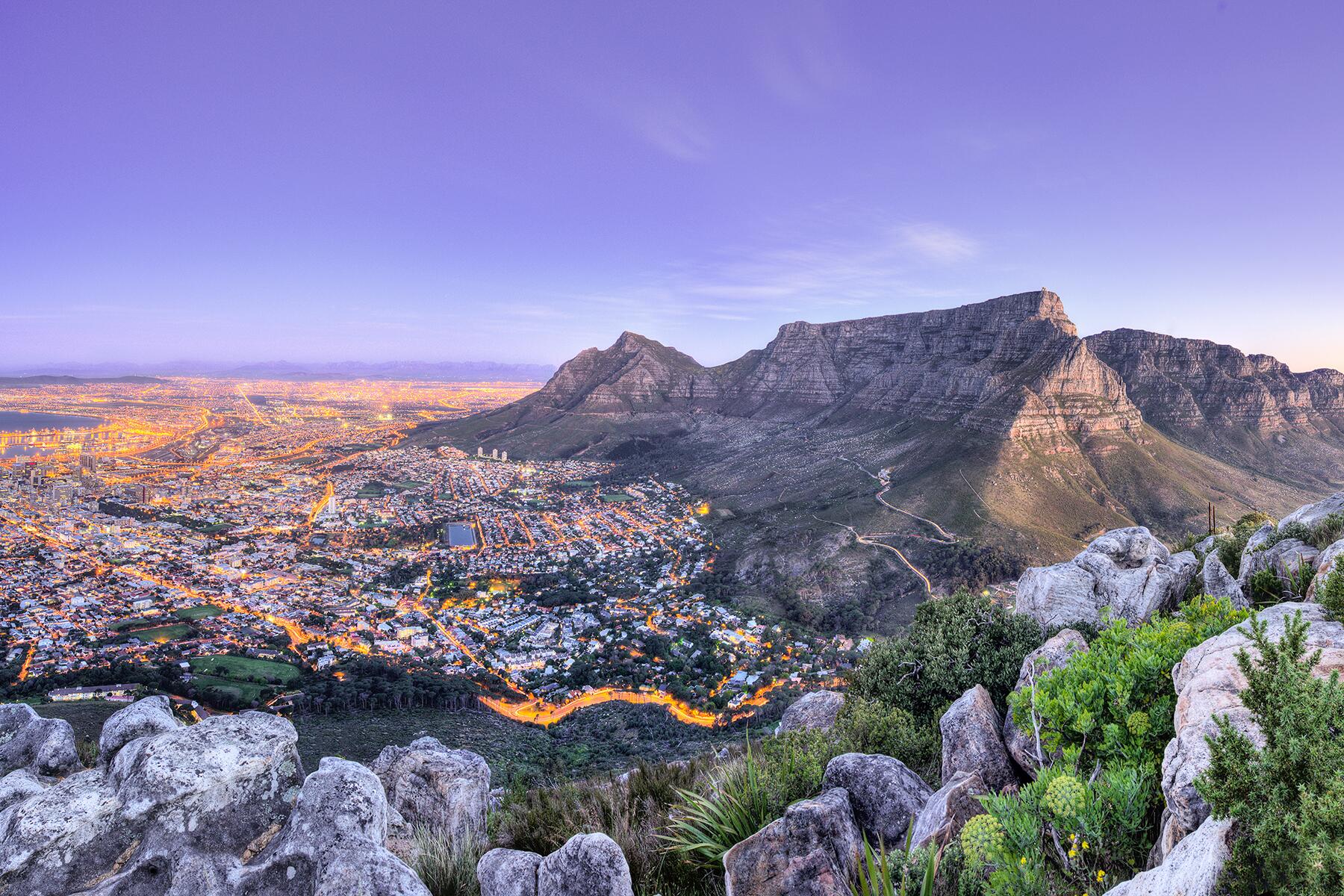
Our experience takes a scenic flip as we ascend Table Mountain in South Africa, particular a UNESCO web site in 2004. Overlooking Cape Town, this flat-topped mountain is no longer basically a geological surprise however a image of the city’s identity. Whether trekking its trails or ascending by means of cable car, attaining the summit guarantees a panoramic view that encapsulates the city, the coastline, and the convergence of human habitation with the herbal world.
Designated a UNESCO website online for its special flowers and geological features, Table Mountain serves as a dwelling laboratory for biodiversity. Its designation additionally acknowledges the refined stability required to keep such urban-natural interfaces. Visitors, captivated by way of the vistas and enriched with the aid of the ecological narratives, end up advocates for sustainable tourism and stewards of Table Mountain’s ecological resilience.
9. Great Zimbabwe National Monument, Zimbabwe

Our trip leads us to the coronary heart of southern Africa, the place the historic metropolis of Great Zimbabwe awaits exploration. Designated a UNESCO World Heritage Site in 1986, this archaeological surprise testifies to the architectural prowess and monetary wealth of a bygone civilization. The large stone structures, inclusive of the iconic Great Enclosure, trace at the sophistication of the city’s planners and builders.]
Great Zimbabwe’s UNESCO popularity no longer solely preserves the bodily remnants of a ancient metropolis however additionally underscores its function as a cultural touchstone for modern-day Zimbabwe. Visitors exploring the difficult stonework and decoding the symbolism inherent in the ruins come to be members in unraveling the mysteries of Great Zimbabwe’s previous and contributing to ongoing archaeological research.
10. Virunga National Park, Democratic Republic of the Congo
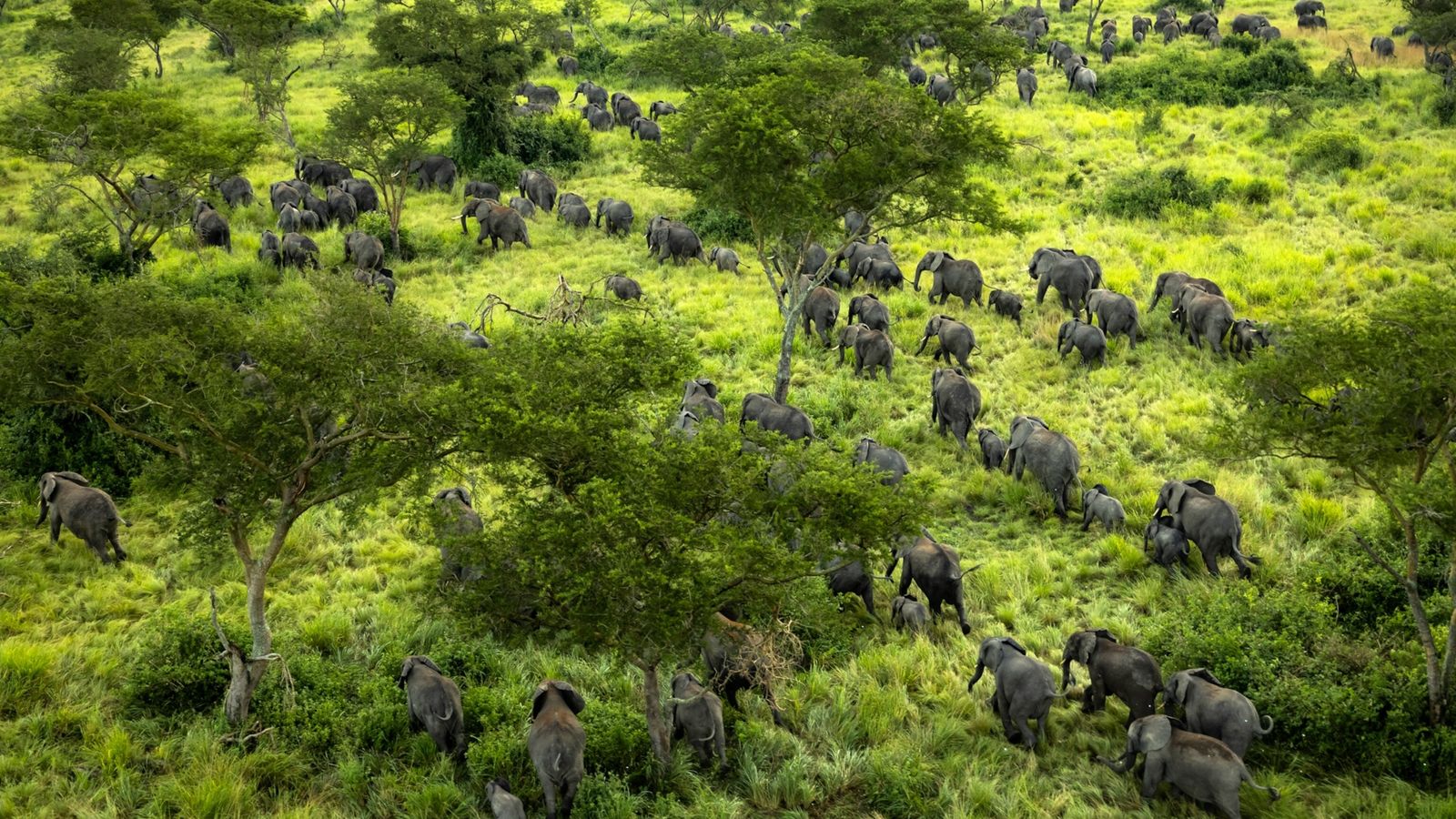
Venturing westward, our revel in takes us to the Democratic Republic of the Congo, the region Virunga country wide Park beckons. designated a UNESCO net web page in 1979, Virunga is no longer virtually a sanctuary for natural world; it’s miles a residing testomony to the refined balance between conservation and human improvement. The park’s diverse ecosystems, from dense forests to volcanic landscapes, provide a safe haven for endangered species including mountain gorillas and serve as a crucial watershed for the location.
UNESCO’s attention of Virunga extends beyond its ecological importance, acknowledging the complex net of socio-economic factors that intertwine with conservation efforts. As website traffic embark on treks to come across the park’s iconic inhabitants, they come to be advocates for sustainable improvement, assisting the diffused equilibrium that Virunga represents.
11. Goree Island, Senegal

Our experience takes a poignant flip as we set sail for Goree Island, located off the coast of Senegal. unique a UNESCO international background web site in 1978, this island bears witness to the darkest chapters of human records—the transatlantic slave exchange. The UNESCO designation encompasses not solely the bodily systems, together with the house of Slaves, but the intangible historical past of reminiscence, resilience, and the pursuit of justice.
As traffic traverse the cobbled streets, exploring the ancient houses and status in the shadow of the Door of No return, the emotional weight of Goree Island’s records will become palpable. UNESCO’s cognizance amplifies the island’s feature as a global picture of remembrance and reconciliation, inviting reflection on the enduring legacy of the transatlantic slave alternate and the importance of maintaining web sites that bear witness to this painful past.
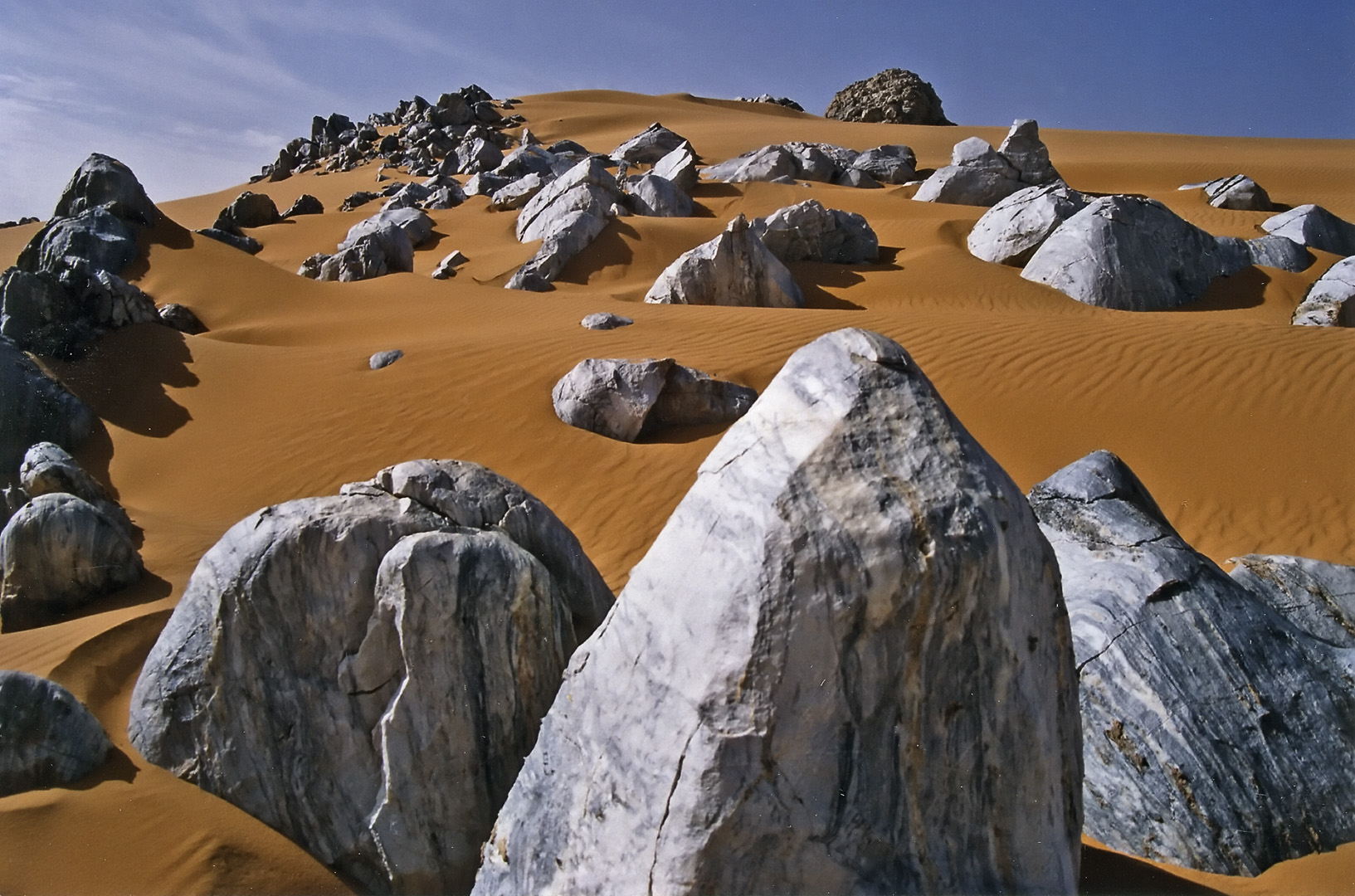
Our enjoy takes us into the expansive landscapes of Niger, the place the Aïr and Ténéré herbal Reserves beckon. designated UNESCO internet sites in 1991, those reserves display off the breathtaking splendor of the Saharan environment, with dramatic dunes, historical mountains, and a unique array of plant life and fauna. beyond the cultured attraction, the designation recognizes the importance of keeping those fragile ecosystems inside the face of local weather trade and human encroachment.
As site traffic traverse the significant expanses of Aïr and Ténéré, they become witnesses to the subtle dance among nature and humanity. The nomadic traditions of the Tuareg humans, who have navigated these landscapes for centuries, upload an anthropological layer to the UNESCO narrative. The interconnectedness of environmental conservation and cultural safety turns into apparent, as those reserves serve as repositories of each natural and human history.
13. Selous game Reserve, Tanzania
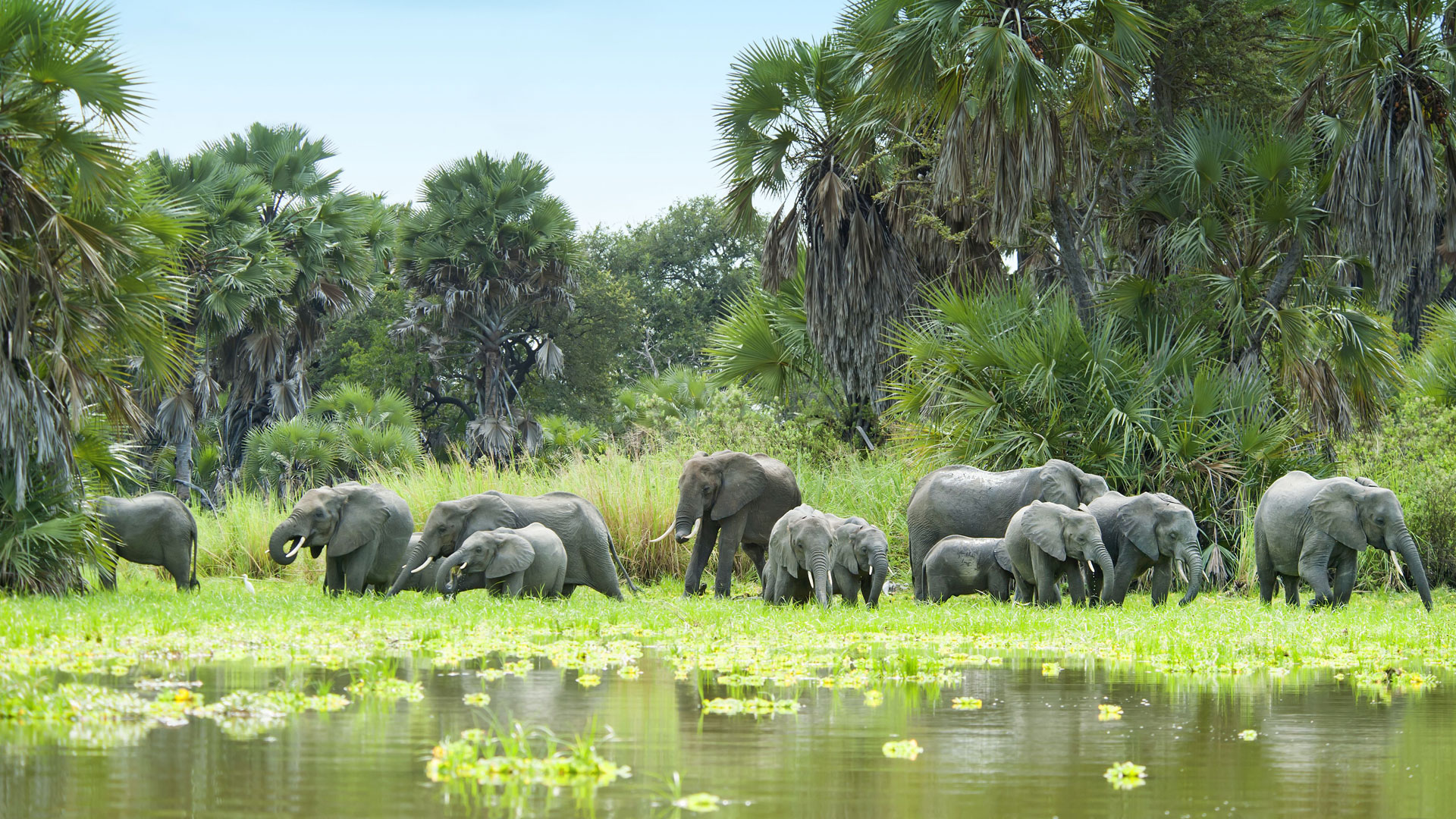
Heading lower lower back to Tanzania, our experience unfolds inside the expansive Selous recreation Reserve, specific a UNESCO internet site in 1982. As one among the biggest fauna reserves globally, Selous is a haven for diverse wildlife, which includes elephants, black rhinos, and crocodiles. beyond its fame as a flowers and fauna sanctuary, Selous embodies the refined balance required for sustainable tourism, conservation, and the protection of not unusual techniques of life.
distinctive a UNESCO web website online for each its ecological richness and the coexistence of numerous ecosystems, Selous invites web site traffic to partake in immersive safari stories. Boat tours along the Rufiji River supply intimate encounters with flora and fauna, fostering an appreciation for the interconnected internet of existence that defines this UNESCO gem.
14. Island of Mozambique, Mozambique

Our ride takes us to the historical Island of Mozambique, identified as a UNESCO website in 1991. once a bustling shopping for and promoting port, this island is a living testament to the interaction of African, Arabian, and european affects. The UNESCO designation encapsulates no longer totally the physical systems, consisting of the fort of São Sebastião, however the intangible background embedded inside the island’s cultural variety and maritime records.
As web site site visitors wander thru the cobbled streets, exploring the intricacies of Swahili structure and soaking up the bright ecosystem of the neighborhood market, the Island of Mozambique unfolds as a dwelling history website online. The fusion of languages, cuisines, and traditions will become a testomony to the resilience and flexibility of the island’s inhabitants, contributing to the UNESCO narrative of cultural continuity amid historic changes.
15. Tsodilo Hills, Botswana

Heading southwest, our trip takes us to Botswana, the location the Tsodilo Hills upward shove as guardians of historical mysteries. precise a UNESCO net web site in 2001, Tsodilo is revered as a religious internet web page with the aid of the use of the San humans, bearing witness to over four,five hundred rock artwork that narrate the cultural and sacred narratives of this indigenous network. The UNESCO interest encompasses not solely the rock paintings but the importance of Tsodilo as a residing religious panorama.
As website online traffic embark on guided excursions, they traverse the rocky canvases adorned with depictions of animal herds, ritual dances, and spiritual beings. The Tsodilo ride transcends the traditional limitations of history tourism, inviting contemplation of the interconnectedness between humanity, spirituality, and the herbal global. UNESCO’s acknowledgment reinforces the significance of keeping no longer solely the physical rock paintings however the intangible history that resonates inside the hearts of the San people.
16. Mount Athos, Greece
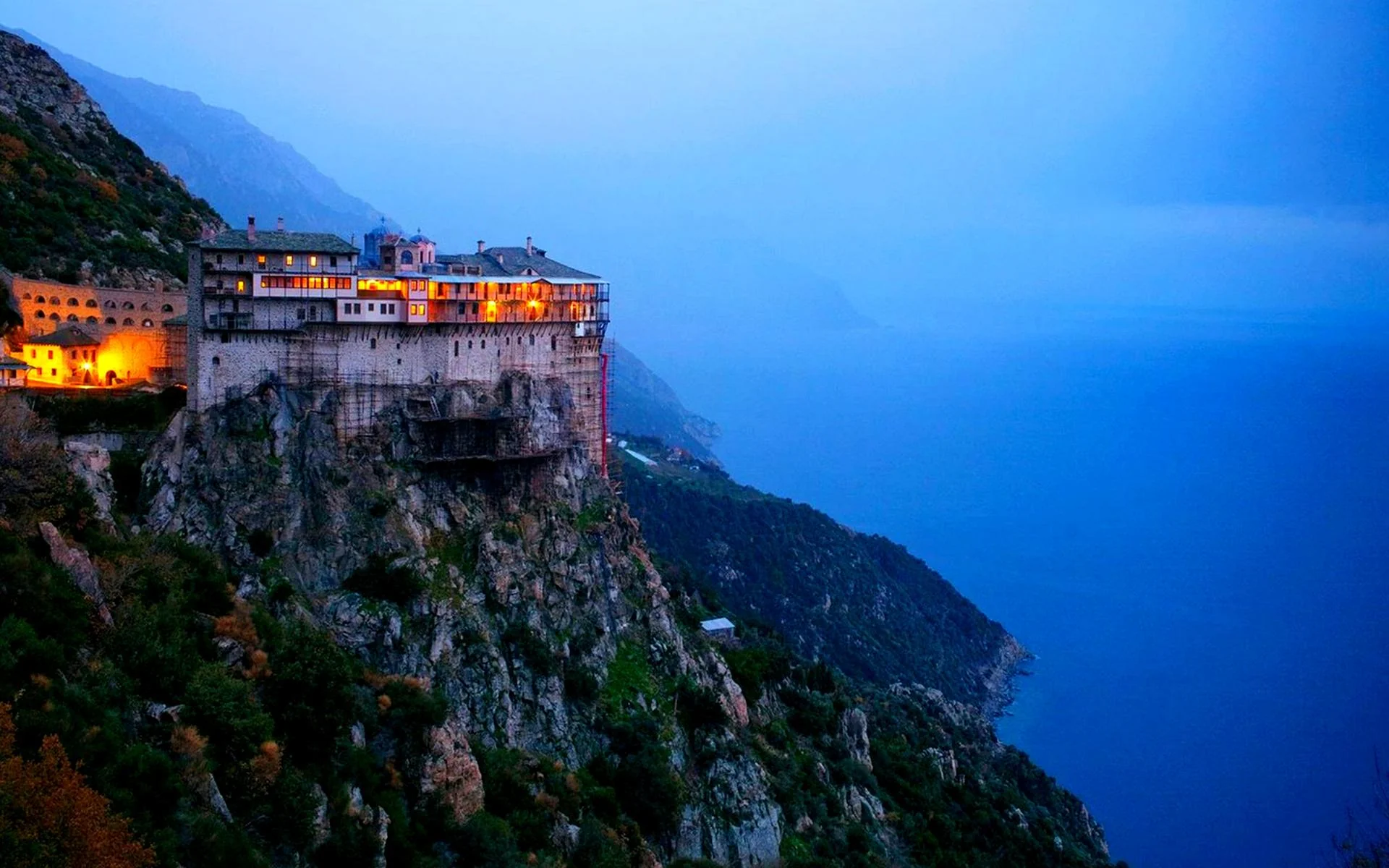
Our journey rapidly transports us past the African continent to locate out Mount Athos in Greece. specific a UNESCO net web page in 1988, Mount Athos holds cultural and non secular connections to African Orthodox Christianity, making it a special inclusion in our exploration. This monastic network, often referred to as the “Holy Mountain,” has been a non secular haven for jap Orthodox Christians for lots of years. As we delve into the monastic existence and traditions of Mount Athos, we locate a tapestry of prayer, asceticism, and communal residing that transcends geographical limitations.
The monasteries perched at the slopes of Mount Athos, every with its exceptional structure and history, are repositories of non secular art, manuscripts, and relics. The non secular value of this UNESCO net website online extends past its geographical area, fostering a experience of interconnectedness between severa Christian traditions. Mount Athos, with its profound non secular historic past, encourages contemplation on the shared non secular threads that bind humanity collectively.
17. Mana Pools National Park, Zimbabwe

Our day out returns to the African barren region as we mission into Mana swimming swimming pools country wide Park in Zimbabwe, unique a UNESCO internet web page in 1984. This pristine barren neighborhood vicinity, positioned alongside the Zambezi River, is a sanctuary for severa flowers and fauna. The park’s exceptional landscape, characterised through the usage of the utilization of floodplains, woodlands, and the meandering river, gives a inserting the vicinity nature unfolds in its purest shape.
As we embark on a digital safari through Mana swimming pools, we come upon elephants grazing alongside the riverbanks, herds of buffalo traversing the plains, and predators prowling in the golden glow of the African sunset. The park’s designation as a UNESCO net website online on line underscores its ecological importance, emphasizing the want for conservation and sustainable practices in safeguarding the refined steadiness of the natural global.
18. Lamu Old Town, Kenya

Our exploration takes us to the charming Lamu vintage town on the Kenyan coast, identified as a UNESCO internet website online in 2001. This nicely-preserved Swahili settlement, with its labyrinthine streets, coral stone buildings, and ornate timber doors, transports us minimize returned in time to a bygone science of trade and cultural alternate. Lamu’s architectural and cultural heritage is a dwelling testament to the fusion of African, Arabian, and Indian affects.
As we meander thru Lamu’s slender alleyways, we stumble upon historic landmarks inclusive of the Lamu citadel and the Swahili dwelling Museum. The metropolis’s vivid avenue lifestyles, crammed with the sounds of donkeys’ hooves on cobblestone streets and the aromas of Swahili delicacies, immerses us inner the day through day rhythms of this UNESCO gem. Lamu historical city invitations us to apprehend the resilience of its inhabitants and the enduring legacy of Swahili civilization.
19. Kasubi Tombs, Uganda

Our journey takes us to Uganda, the region the Kasubi Tombs stand as sacred grounds, unique a UNESCO internet site online in 2001. This cultural and spiritual net website serves because the closing resting area for Buganda kings, embodying the traditions and rituals of the Baganda human beings. The architectural grandeur of the tombs, with its thatched roofs and wood pillars, presentations the cultural significance of this UNESCO gem.
As we find out the Kasubi Tombs, we gain insights into the religious practices and ideals of the Baganda. the once a year rituals, which includes the rethatching rite, represent the long-lasting connection among the living and the departed royalty. This UNESCO internet site is now not in basic terms a burial ground; it is a dwelling repository of cultural historical past that invites us to admire and keep the traditions that form the identification of the Baganda people.
20. Fossil Hominid Sites of South Africa

Our ride concludes in South Africa, the place the Fossil Hominid web sites beckon us to discover the origins of humanity. detailed a UNESCO website on-line in 1999, places which includes Sterkfontein and Swartkrans have yielded crucial fossils that contribute to our understanding of human evolution. The archaeological excavations in those websites expose the complex tapestry of our shared ancestry.
As we delve into the historical caves and fossil-rich deposits, we stumble upon the stays of early hominids that walked the African landscape tens of millions of years ago. The significance of the Fossil Hominid sites extends past scientific inquiry; it prompts mirrored image at the interconnectedness of all humans and the frequent thread that binds us to our African origins. This UNESCO website invitations us to reflect onconsideration on the trip of humanity, from the ancient savannahs to the complexities of the modern world.





